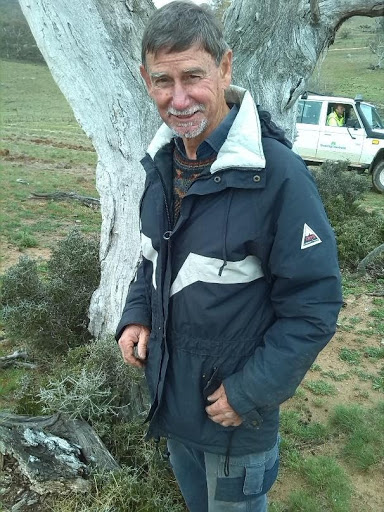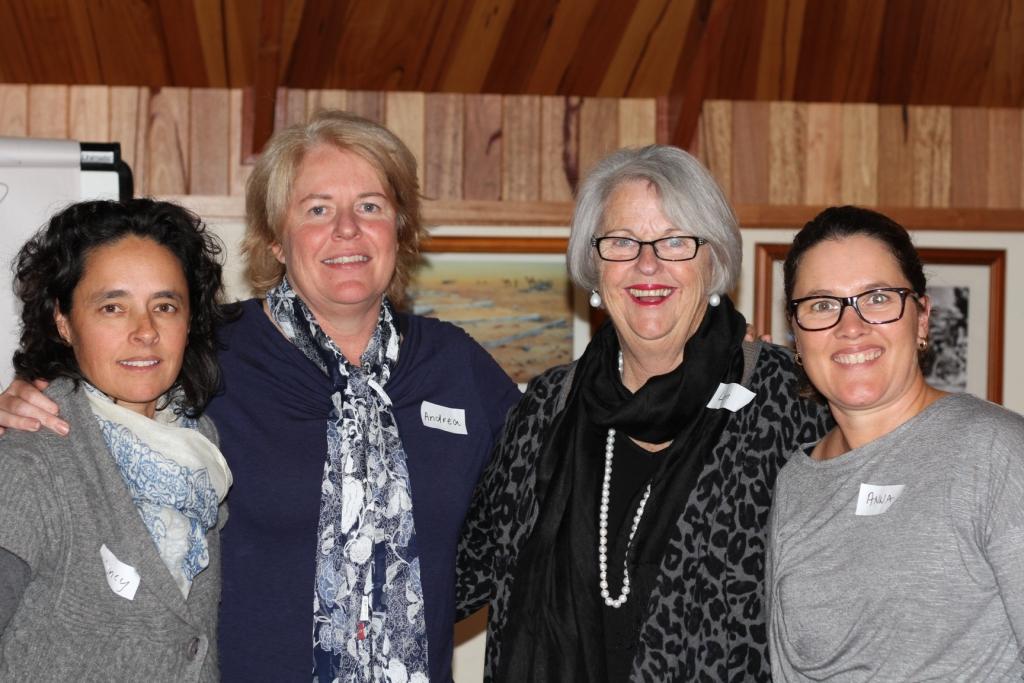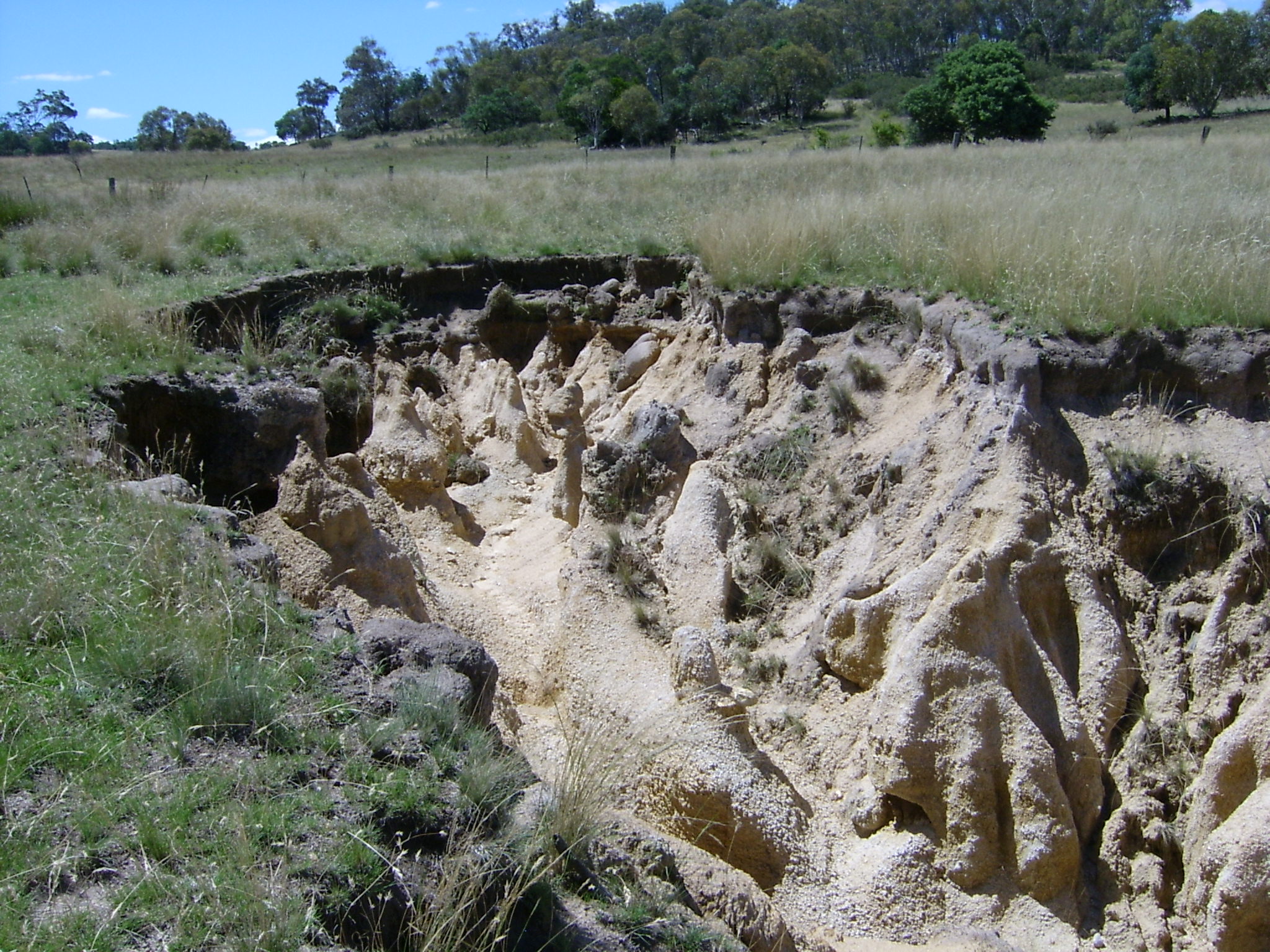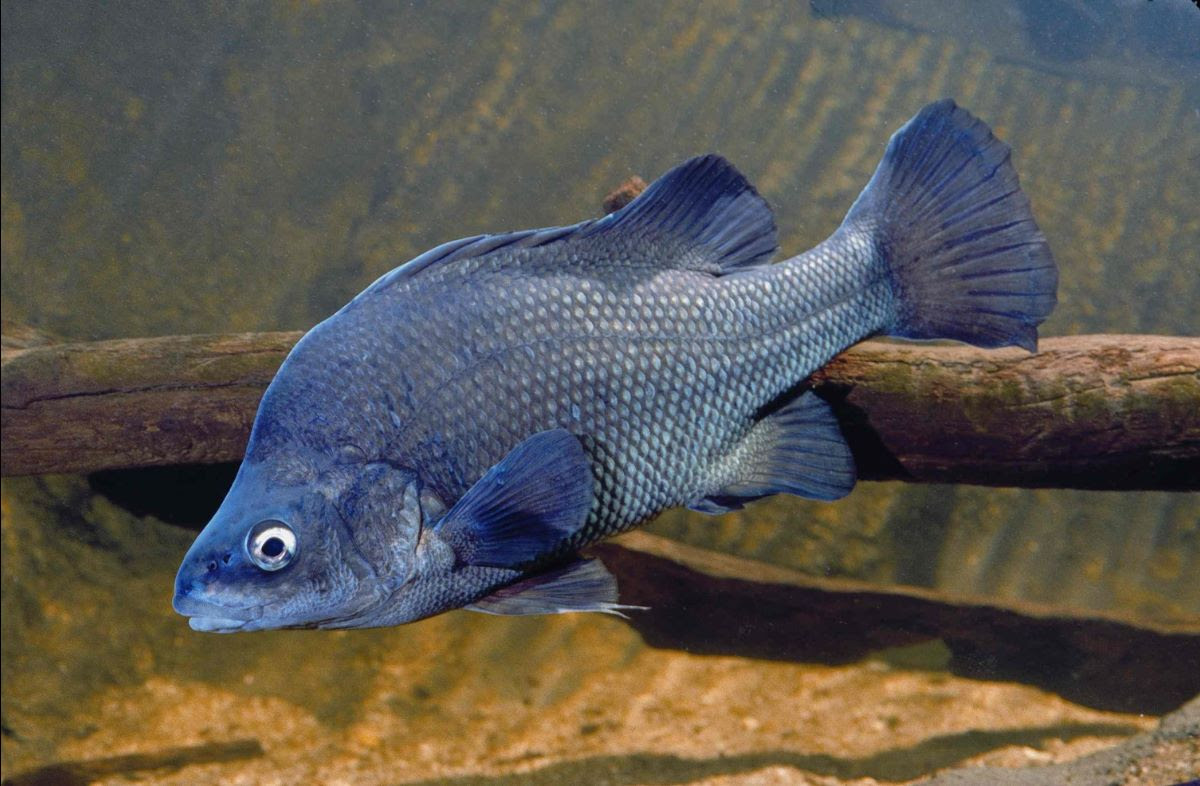Greening Australia, in partnership with Upper Snowy Landcare Network and funding from the NSW Environmental Trust and Officeworks, undertook two more Monaro revegetation by direct seeding trials this past fortnight.
Harry and Enid Bentley, long-time Landcare supporters on a dieback-affected property on Rocky Plains Road near Berridale, became the proud owner of 2.5km of contour lines planted with mixed Eucalyptus and Acacia, by Greening Australia’s direct seeding machine.
Ben Hanrahan, one of Greening Australia’s most experienced operators, demonstrated the finer points of the direct-seeding machine to the interested onlookers. This machine, custom built in South Australia, consists of a disc plough which opens up a furrow 5cm deep, followed by a blade that cuts 1cm deep into which Acacia seed drops. The smaller Eucalyptus seed is dropped behind and covered lightly in loose soil by a pair of tickler prongs, and finally, a presser wheel behind tamps the soil down.
As in all things Harry, the timing was impeccable: with perfect weed kill along the contour lines 2 and 6 weeks previously, a couple of millimetres of rain the night before planting, then a good fall in the 24 hours post-planting, the conditions could not have been better. Upper Snowy Landcare Chair Margaret Mackinnon said “We just can’t wait to see the germination in a few weeks’ time. Hopefully, the wet summer ahead is going to get these seedlings through their most vulnerable stage”.
“If this works well, then it is a big stride towards ramping up Upper Snowy Landcare Network’s efforts to restore trees across the whole of the dieback area. We can’t achieve that through the elbow-banging tubestock planting method we use now. We need new methods such as direct seeding in order to scale up”, said Dr Mackinnon.
The previous week, Bredbo Landcare contracted Greening Australia to direct seed native grasses into a patch of prepared ground on the Two Rivers Wattle Park Drive, the track that leads to the confluence of the Bredbo and Murrumbidgee Rivers. With funds from the Scarlet Robin programme run by Local Land Services, their goal is to convert a dense patch of African Lovegrass (Eragrostis curvula) (ALG) into a flourishing native grassland. Bredbo Landcare Chair, Lauren Van Dyke, said “Going by the many failed trials to rid the Monaro of the invasive spread of African Lovegrass, there will be many watching this test patch with great interest and high hopes.”
Greening Australia’s project manager, Nicki Taws, who has been responsible for planting and seeding over 50 sites across the Monaro, and first trialled direct seeding on “Wildcroft” near Dalgety last spring, said “We have been uncertain about the effectiveness of using direct seeding to revegetate the Monaro because the conditions are usually just too hard. But we hope that these examples will show that if you get the timing and conditions just right, it is worth doing.” Harry too is looking forward to the results. “Having already participated in many labour intensive tree planting sites where tubestock and tree guards were used, I was keen to trial the direct seeding where the ground disturbance is kept to a minimum. This has been successful in other areas and it will be informative to see the results in the unique Monaro conditions.”






